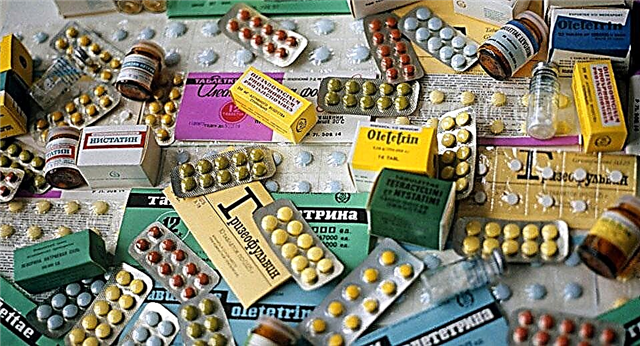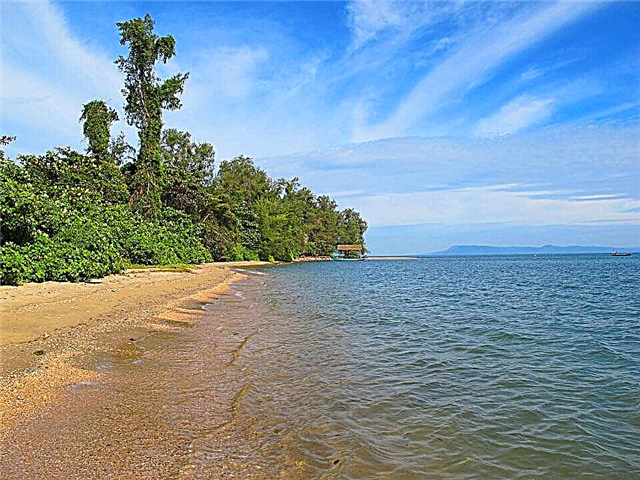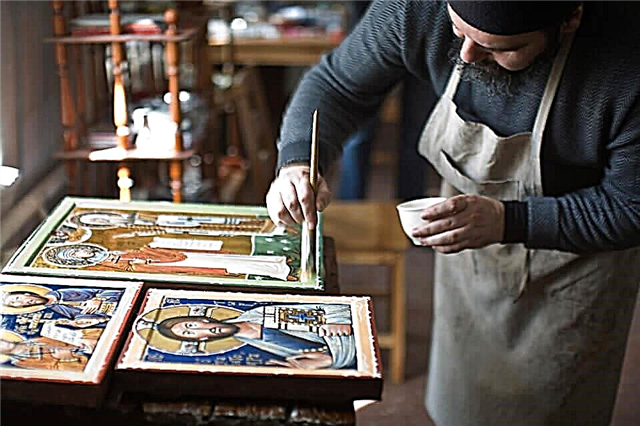Suzdal is one of the forged links of the Golden Ring of Russia, a fabulous city in which the monuments of hoary antiquity are naturally combined with the richest natural splendor. For Suzdal, the landscape is almost canonical, in the foreground of which the floodplains of the rivers shine. And above them, sharply cutting into the heavenly blue, white-stone walls rise, bells sparkle.
The wind is rustling, carrying bells ringing over the forests and fields. Suzdal's museums are diverse. Often we are not talking about museums in the usual sense of the word - with shiny showcases and small print tablets. Suzdal does not need shop windows. He himself is an open-air museum.
Museum complex "Kremlin"

Due to the fact that state cultural institutions, private interactive platforms in the Vladimir region in structure resemble matryoshkas or fabulous multi-headed kites, it is quite difficult for tourists to figure out which of the Kremlin complexes they are talking about.
There is one Kremlin on the territory of Suzdal. This museum site includes several temples built in different styles, partially preserved fortifications, chambers. It is here that visitors get an excellent opportunity to get acquainted with the masterpieces of ancient Russian art, including icon painting.
The second complex of monuments is located in the very regional center. The attraction is associated with the name and biography of Prince Andrei Bogolyubsky. The correct name for such a Kremlin is "Detinets". The first fortress buildings were built here more than 800 years ago. "Detinets" survived after the Mongol-Tatar invasion.
More precisely: a significant part of its buildings was completely rebuilt by the 15th century. They became the basis of the Pecherny city. On the territory of Vladimirsky Detinets, as well as in Suzdal, earthen ramparts, fortress walls, temples have been preserved. Its magnificent white-stone cathedrals form a single architectural ensemble.
Museum of Wooden Architecture
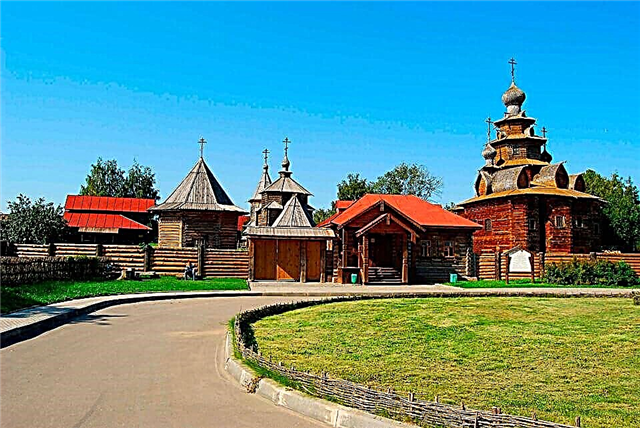
There is no such site anywhere else in the world. Its unique buildings are located in different parts of the Vladimir region. The most famous objects of the museum-reserve are located in Suzdal. We are talking about buildings that are recognized as its main exhibits.
It is from Suzdal that it is better to start acquaintance with the unique monuments of wooden architecture of the Vladimir region. The distance between it and the regional center in a straight line: 32-36 kilometers. On the Suzdal part of the museum complex, the authentic life of a Russian village has been recreated. The restored huts contain: original peasant utensils, furniture, household items.
An important part of the Vladimir-Suzdal complex: Transfiguration and Resurrection churches. Above them today, bells are ringing, and prayers are regularly held in the buildings. Authentic windmills can be seen in Suzdal.
It is noteworthy: the residents of the city, recreated nearby farm buildings near the river, are called "huts on chicken legs". So they look colorful. Another famous attraction of the museum-reserve is the "Tea Room" of the merchant Agapov.
Museum complex of the Spaso-Evfimievsky Monastery
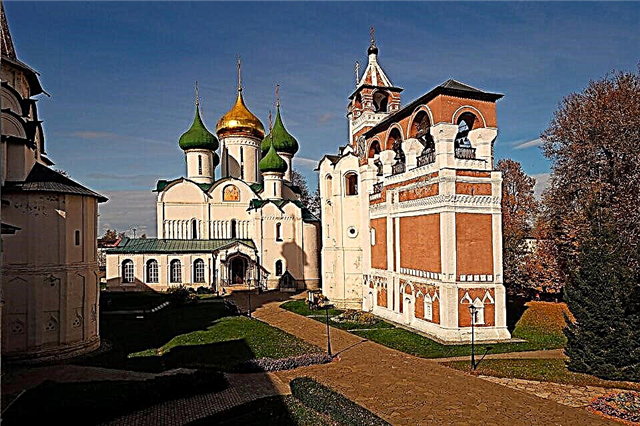
A unique ancient monument on the territory of the Suzdal district of the Vladimir region went down in history under the name "Russian Bastille". For its time, it was an absolutely impregnable fortress, where the princes took refuge from the persecution of enemies.
It is natural that today here you can see ancient weapons in museum halls, and not only church books, precious temple utensils. The monastery is closely associated with the name of St. Euthymius. He was a contemporary of Sergius of Radonezh and did a lot trying to stop the enmity between the Russian princes.
The temple buildings have a hard dark fate. These walls remember various prisoners, including the legendary seer Abel, the Decembrists, and church leaders. The government changed in the state, but the "prison status" of the monastery remained.
Full-fledged restoration work was completed only half a century ago. Experts saved towers, temples, outbuildings from further destruction. Nowadays, a museum and a monastery coexist on the territory of the complex, new expositions are opened, cultural events, divine services, blessings of water, and religious processions are held.
Posad house

This house is the rarest not only within Suzdal, but also within the whole of Russia, a monument of residential stone architecture. It dates from the end of the 17th century. Until now, researchers cannot agree on who was the first owner of the posad house - some argue that it was a certain clergyman, others insist that the house belonged to a rich family of innkeepers or kalachniki.
One way or another, but the Posad house consists of two buildings of different times, each of which is covered with a gable roof. The masonry was covered with yew on the outside, and the walls were modestly decorated with fine stone carvings.
At the end of the last century, the house was purchased with funds from the Vladimir-Suzdal Museum. After a series of restoration works, the setting of the mill house resembles the pre-Petrine era with a rich iconostasis, wide benches, wooden chests and a tiled stove.
The Posad House is open from 10:00 to 16:00 from Saturday to Tuesday, on other days it is open until 17:00. Thursday is the day off.
Prikaznaya hut of the Intercession Monastery
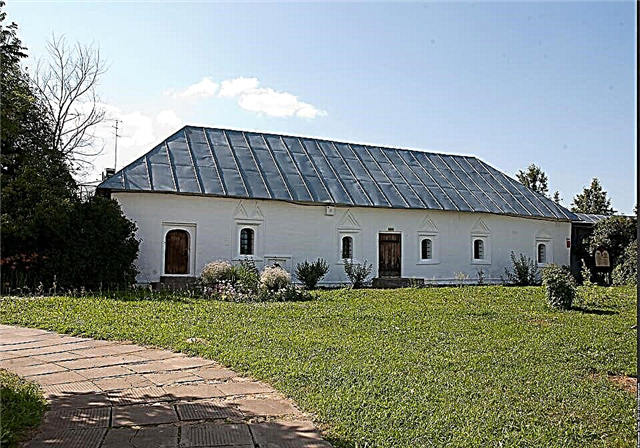
The Prikaznaya hut is also known as the House of Judgment, which is not surprising, because not only the administrative center of the monastery itself was located here, but also an interrogation room for the guilty nuns. The sentences were carried out here. The hut itself was built in the early years of the 18th century.
Under this seemingly bright building, where dilapidated documents were kept in large chests, there is a stone sack in which peasants from neighboring villages or nuns sat on "bread and kvass" if the grounds for detention turned out to be strong enough.
Similar structures are quite common among the architectural monuments of this period.
The order hut is open for visits from 10:00 to 18:00 on all days except Wednesday.
The Wax Museum

The beginning of the modern exposition of the Suzdal Museum of Wax Figures was laid in Moscow at the end of the twentieth century, when a small exposition, which at that time consisted of nine figures, was opened in Sokolniki. The central place was occupied by the sculpture of Vladimir the Great.
The exhibition was successful, and over the next twenty years it not only expanded significantly, but also traveled all over Russia, North America and many European countries.
Now the exhibition is located in Suzdal and has more than one and a half hundred exhibits. The faces of Ivan the Terrible, Peter the Great, as well as the masters of the Russian word: Pushkin, Gogol, Dostoevsky and others are made with a special similarity.
There are more modern political figures here, for example, the perfectly recognizable Fidel Castro with a cigar and the ever-frowning Churchill.
Open daily from 10:00 to 19:00.
Church of Boris and Gleb

Before visiting Suzdal itself, it is worth looking into the small village of Kideksha, which is located in its vicinity. It was here that the residence of Yuri Dolgoruky was once located. She, like other buildings in this village, belongs to the XII-XVII centuries.
This fact automatically makes local architectural monuments undeniably significant. The most valuable is the Church of Boris and Gleb, which is the oldest white-stone church of all currently standing on the Suzdal land.
The temple has retained its austere beauty. Its decoration would be considered sparse today, but the place has a different character, and old faded murals of birds and flowers convey it best.
From Thursday to Sunday, the temple is open from 10:00 to 17:00, on other days it closes at 16:00. Day off - Wednesday
Shchurovo settlement

Shchurovo settlement is made in the style of the settlement of the Slavs of antiquity. To some, the situation may seem vaguely familiar. This is not surprising, because it was the Shchurovo settlement that became part of the entourage in Lungin's film "Tsar".
A smithy, a mill, an armory, wooden huts with tiled stoves and even a field kitchen - all this allows you to truly immerse yourself in the atmosphere of old Russia. There are also numerous platforms for those wishing to learn how to throw a spear, shoot a bow or even bake bread in the oven.
The complex is available for visiting from 11:00 to 16:00 daily. Usually on weekdays by 14:00 those wishing to visit a guided tour gather.
Andrey Davydov's icon painting workshop

This workshop belongs to Andrey Davydov, the rector of churches located on the territory of the Suzdal Kremlin. He is one of the brightest representatives of contemporary Russian religious painting.
In the workshop you can buy icons made in the traditional manner using natural pigments. The sizes and plots vary, but it is not they that cause delight, but how masterly the master learned to cope with the almost canonical egg tempera technique.
In addition, he works with wax painting, within the framework of which the most ancient icons of the 1st-6th centuries were created. Visit to the workshop is free. You can purchase icons on site or pre-order.
Andrey Davydov's workshop is open from 09:00 to 22:00 daily.
Misha Balzaminov's house
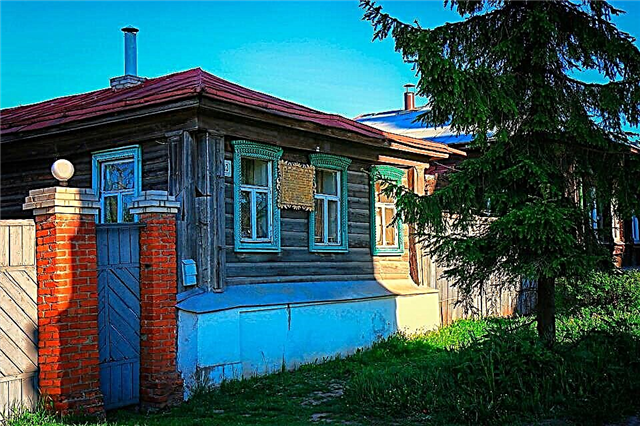
More than thirty years ago, the movie "The Marriage of Balzaminov", which has become a cult, was filmed, but even today the guests of Suzdal are happy to visit the memorable places, one way or another connected with this film.
The house, which still evokes persistent associations with Georgy Vitsin, stands on Staraya Street. The thirteenth house does not stand out in any way against the background of similar buildings. In addition, the dovecote, which was then specially completed for the duration of the filming, is not here now. But the courtyard has been perfectly preserved.
If you go to Suzdal and decide to find Balzaminov's house, it will be much easier for you to find it than, say, five years ago. Today, a sign is installed on the house, which says that it was here in the distant 1964 that the shooting took place.


